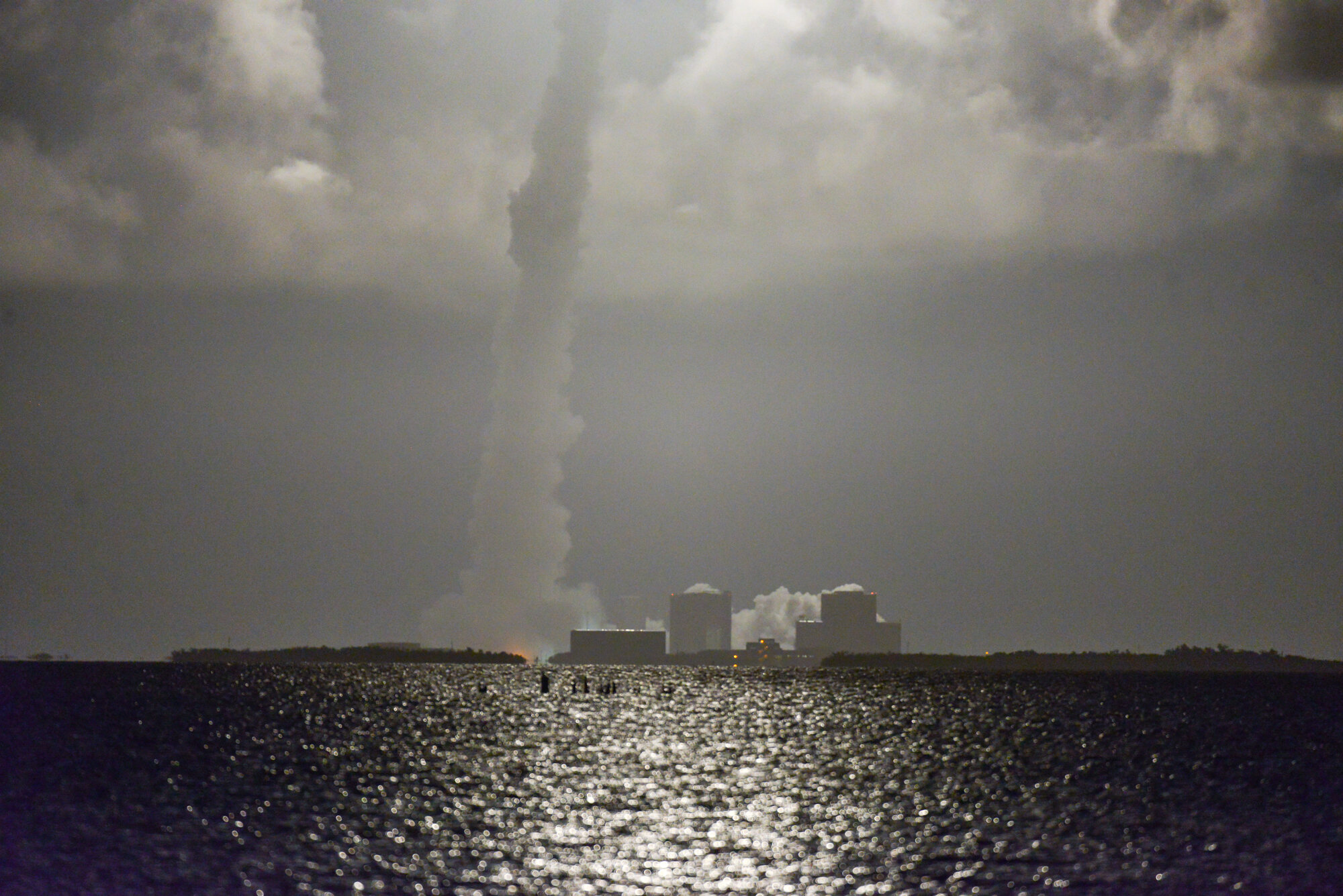Photographing a Rocket Launch at Cape Canaveral
CAPE CANAVERAL, FLORIDA
The Space Coast is aptly named so and it is a prime spot to watch and photograph rocket launches. I had the opportunity to make it to a launch while I was in Melbourne for work this past week. It was an extra special launch because it had a Northrop Grumman payload sitting on top of it. While I grew up in Central Florida watching countless launches, this was only my third attempt to photograph one. However, it was the second attempt in two weeks. Here are links to my first attempt (Atlas V at Cape Canaveral) and second attempt (SpaceX at Vandenberg) if you want to take a look at them.
WHERE TO WATCH THE LAUNCH FROM
The best location to watch a launch from depends on which launch pad they are launching from. As I mentioned above, this launch was an Atlas V rocket which always launch from pad 41. It was a night launch (12:15AM) which meant that one of the better locations, Playa Linda Beach, was closed. Other viewing locations from the Kennedy Space Center were closed as well. After doing some research online and talking with an expert, the best location that I found was along 401 just north of the cruise terminal in Port Canaveral. Ben Cooper has a website that is a great resource for deciding where to watch the launch from.
CAMERA SETTINGS FOR CAPTURING THE LAUNCH
My goal was to try and capture a long exposure of the rocket arching out of the frame. I also wanted to see if I could get a closeup of the rocket sitting on the pad. I had my Canon 6D mark ii and the Canon 24-105mm f/4.0L for the wide, arching shot. For the closeup, I borrowed a Nikon D800 with a NIKKOR 200-400mm f/4.0. Both were setup on tripods and I had the Canon connected to my wired remote. Getting there a little early allowed me to test out some different settings so that I would be ready for the launch.
For the closeup shots with the Nikon, I tried various settings, experimenting with high and low ISO, compensating with the shutter speed. At that distance, there was considerable atmospheric distortion and pushing the shutter speed longer made it difficult to keep a steady shot at 400mm. If you have followed along with my photographic journey, you may know that I am a Canon shooter which means that I am not familiar with the Nikon settings/menus. Since I picked the camera up just before heading out to the launch, I didn't have time to dive into them. I remember looking at the record settings and noticing that it was on high quality but once I got back home, realized that was high quality JPEG and not RAW. These shots are the best that I could do in post with the jpeg files.
For the Canon, I decided to go with a 30 second exposure to capture as much of the flight as I could in one frame. I knew that I also wanted to be at ISO 100 so I played around with the aperture, finally deciding on f/16. During the test shots, the frame was quite dark but I knew that the launch would light up the sky and hopefully give me the proper exposure. It was a guess, but after trying 10 seconds at f/4.0 on my first launch and 15 seconds at f/11, it was the settings that I thought would work. After the first exposure, I immediately clicked the shutter once more just to make sure that I captured the rocket through the entire frame and then a couple more times. In the end, it did take 2 full 30-second exposures to get the shot.
For the Canon, I decided to go with a 30 second exposure to capture as much of the flight as I could in one frame. I knew that I also wanted to be at ISO 100 so I played around with the aperture, finally deciding on f/16. During the test shots, the frame was quite dark but I knew that the launch would light up the sky and hopefully give me the proper exposure. It was a guess, but after trying 10 seconds at f/4.0 on my first launch and 15 seconds at f/11, it was the settings that I thought would work. After the first exposure, I immediately clicked the shutter once more just to make sure that I captured the rocket through the entire frame and then a couple more times. In the end, it did take 2 full 30-second exposures to get the shot.
FUTURE LAUNCHES
My plan is to see and photograph as many launches as I can, whether they are on the west coast or east. Rocket launches are really one of those things that you can only get better at with practice and I can't wait to do more practice. I also ran into a couple guys that had an incredible setup with three telescopes attached to cameras on a trailer that they pulled behind their truck. It was all on a motorized gimbal and they record the launches and then put them up on their YouTube channel called, US Launch Report. You can take a look at the video that they posted from this launch down below. Follow my Instagram to keep up with my adventures.









